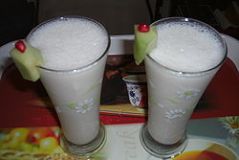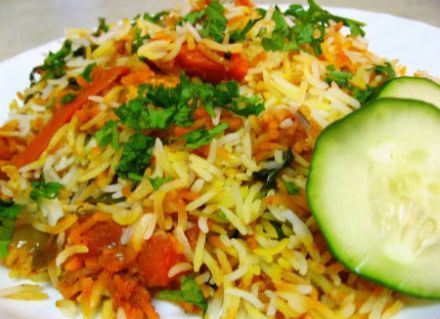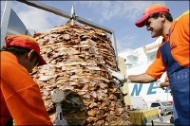The Nawabs in India descended from a Persian adventurer called Sadat Khan, who was named Nawab of Awadh in 1732. As the Mughal empire waned, the Nawabs grew stronger and more independent and the need to out-do the Mughals and impress the British became more important than running their kingdoms.
An English visitor to the court of Awadh wrote, “The style in which this remote colony lived was surprising, far exceeding even the expense and luxuriousness of Calcutta”, the then capital of India. The British, already impressed with the lavishness of the Mughals, were flabbergasted by the Nawabs’ excessiveness.
While the Nawabs were lovers of poetry, song, dance and kept large harems, most of the money from their treasury went towards food. The average spend on food in those days would be in the region of Rs 70,000 per month, and this did not include the salaries of the vast retinue of cooks who were a highly prized and zealously protected lot during their reign.”
There were three categories of cooks in the household. The ‘bawarchis’, who cooked food in large quantities; the ‘rakabdars’ who were gourmet chefs and prepared exquisite dishes and meals; and the ‘nanfus’ who made a selection of rotis and breads. There were many ‘rakabdars’ in a household, each specializing in a particular dish or cuisine.
A typical everyday ‘dastarkhwan’ or spread of food in Awadh would not be complete unless it had the following dishes:
- Korma (braised meat in thick gravy)
- Salan (a gravy dish of meat or vegetable)
- Qeema (minced meat)
- Kababs (pounded meat fried or roasted over a charcoal fire)
- Bhujia (cooked vegetables)
- Dal
- Pasinda (fried slivers of very tender meat in gravy)
- Rice cooked with meat in the form in the form of a pulao, chulao (fried rice) or served plain
- There would also be a variety of rotis.
- Deserts like Gullati (rice pudding), kheer (milk sweetened and boiled with whole rice to a thick consistency), Sheer Brunj, (a rich, sweet rice dish boiled in milk), Muzaffar (vermicelli fried in ghee and garnished with saffron).
The menu changed seasonally and with the festivals. In the winters, paya (trotters), meat koftas and kidneys were favoured along with birds like partridge and quail. In the spring and summer, they included fish in their diets.















